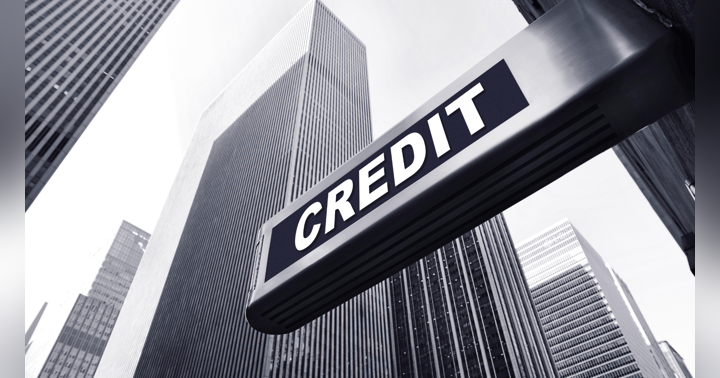For many business owners, managing cash flow and financing growth can be challenging. One financial strategy that has gained traction for its flexibility and benefits is the sale-leaseback transaction. But what exactly is a sale-leaseback, and how can it impact your business?
What is a Sale-Leaseback?
A sale-leaseback is a financial arrangement where a business sells its property to an investor or a financial institution and then leases it back. This allows the business to continue using the property while freeing up the capital tied up in the real estate.
It's accomplished in a fairly straight-forward two step process:
- Sale: The business sells its property to an investor or financial institution.
- Leaseback: The business immediately signs a lease agreement to rent the property from the new owner.
This structure can be applied to various types of property, including commercial real estate, industrial buildings, and even equipment.
Benefits of a Sale-Leaseback
-
Immediate Cash Flow: One of the primary advantages of a sale-leaseback is the immediate influx of capital. By selling the property, you can access cash that can be reinvested into your business for expansion, debt reduction, or other operational needs.
-
Preserved Operations: Despite selling the property, you retain the right to use it. This allows for continuity in your business operations without the disruption of relocating.
-
Tax Benefits: Lease payments made under a sale-leaseback arrangement are typically deductible as a business expense, potentially reducing your taxable income. However, it's essential to consult with a tax advisor to understand the specific implications for your situation.
-
Off-Balance-Sheet Financing: Since the sale removes the property from your balance sheet, it can improve your financial ratios and make your business appear less leveraged to potential investors or lenders.
-
Flexibility: Sale-leaseback arrangements can offer flexibility in lease terms, including duration and renewal options, allowing you to tailor the agreement to your needs.
Risks of a Sale-Leaseback
-
Long-Term Cost: While a sale-leaseback can provide immediate cash, the long-term cost of leasing the property may exceed the benefits of retaining ownership. Lease payments can add up over time and may exceed the potential appreciation of the property.
-
Loss of Property Ownership: By selling the property, you forfeit ownership rights, which means you won’t benefit from any future appreciation in property value. If the property appreciates significantly, you miss out on those gains.
-
Lease Obligations: The lease agreement will outline your obligations, including maintenance, property taxes, and insurance. Ensure that you fully understand these terms, as they can impact your long-term financial planning.
-
Market Risks: If the market value of the property decreases significantly, the lease payments might not align with current market rates, potentially leading to higher costs than anticipated.
-
Impact on Business Flexibility: Depending on the lease terms, your business might face restrictions on modifications to the property or face difficulties if you need to relocate.
Conclusion
A sale-leaseback transaction can be a valuable tool for business owners seeking to unlock capital while maintaining operational stability. However, it’s crucial to weigh the benefits against the risks and carefully review the lease terms to ensure it aligns with your business goals.
If you’re considering a sale-leaseback arrangement for your business, consulting with a financial advisor or real estate expert can provide valuable insights tailored to your specific situation. Reach out to learn more about how this strategy could work for you and to explore the best options for your business.
To your success,





